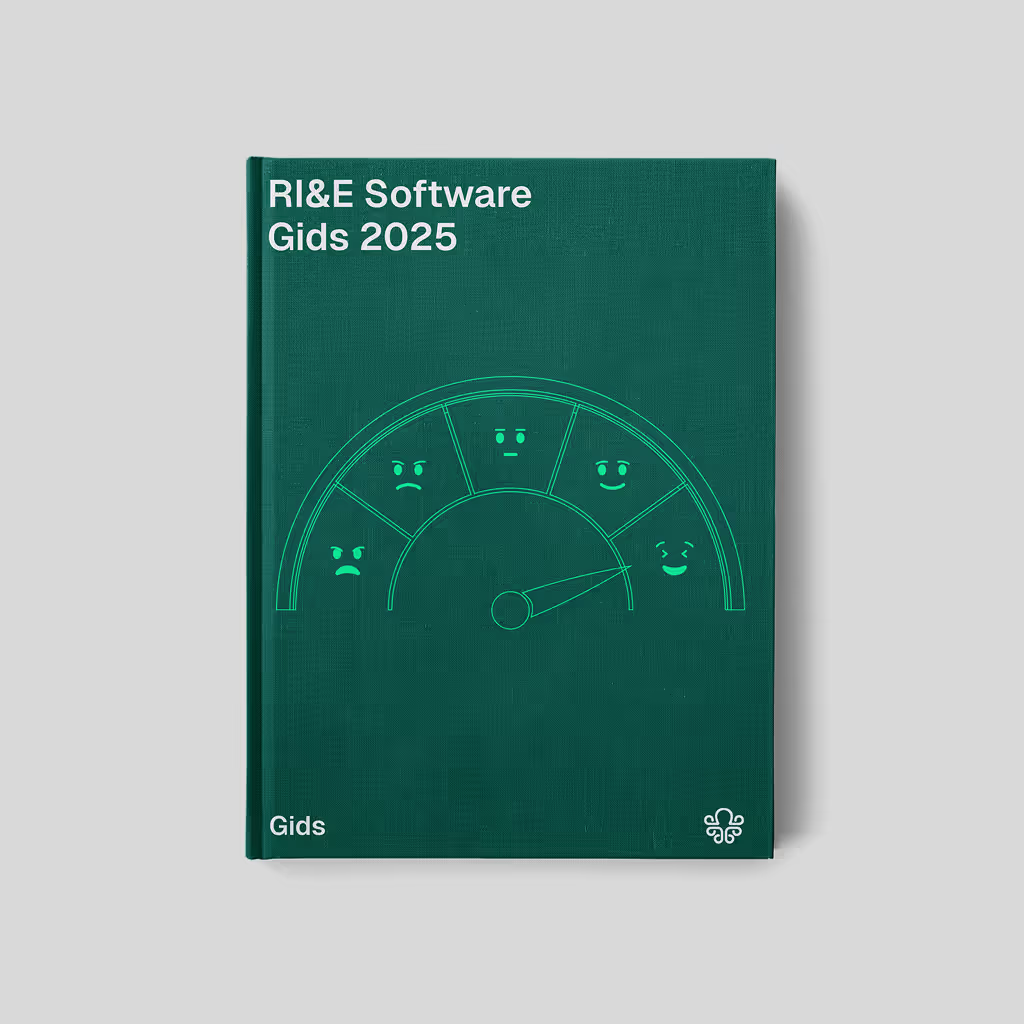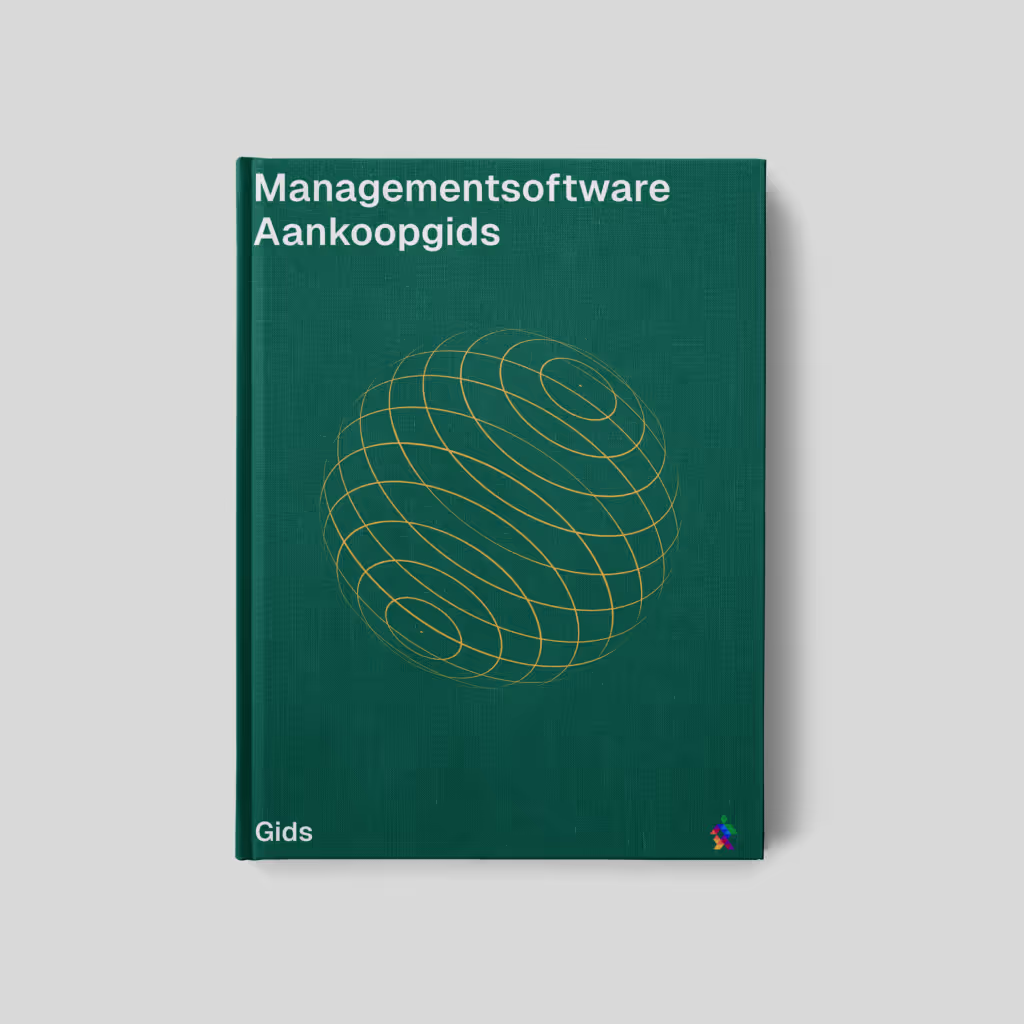The best way to prepare for an external ISO9001 audit
We speak to quite a few QHSE and KAM Managers. And whatever they are doing at that moment, the agreement is that they will always be on their way to the next audit. But there is also a difference. In that run-up, someone invariably has spots in the neck from stress. The other person isn't too concerned about it and goes through it whistling. How do you prepare for an external audit? What makes the difference between stress and relaxation? We are going to answer those questions here.
Understand the norm
Okay, take a slow breath and only then get to work. You don't have to shoot directly in action mode. First of all, it is important that you are fully aware of the content of the standard and how it applies to your organization. The various aspects of a standard can include quality management, risk management, leadership and engagement, the processes in your organization and continuous improvement. If you want to get a good idea of this standard, you can find information on the International website Organization for Standardization (ISO).
Your QMS up to date
Everyone who works with ISO9001 has a QMS or KMS. This is a system that allows you to control quality in your organization. This can be digital document storage, which you use manually to bring quality management to life. We still come across structures where Word and Excel, in combination with Sharepoint and Power BI, are used as separate tools. It can also be an integrated digital QMS - such as ISO2HANDLE - are, which allows you to work interactively on continuous improvement. But whatever system you use, make sure it's in order.
Verify that your quality manual, procedures, work instructions, and forms are complete and up to date. And also make sure that changes are registered correctly. In a manual system, you must keep a record of changes. Automatic version control is already integrated into your ISO2HANDLE system and you can see how thousands of versions differ from previous and subsequent variants.
Also, make sure your processes are well described and record where process responsibilities in the organization are placed. Your QMS is also where you record your KPIs.

First, an internal audit
The purpose of a internal audit is to tighten all issues raised in an external audit beforehand. Good preparation starts with drawing up an audit plan based on a checklist that includes all relevant requirements of ISO9001. During the internal audit, you try as best you can to identify any shortcomings (non-conformities). You can then resolve those deficiencies before the external audit begins.
Involve employees
An audit is a great opportunity to put quality management on the agenda and involve your colleagues in the audit. You can train colleagues in an internal meeting about the ISO9001-standard and their role in the KMS. On the one hand, you want to raise awareness, but training is also a good way to connect with practice. Let colleagues think for themselves about how ISO9001 connects to their work. You can also prepare colleagues for interviews with the auditor. For example, when asked about their roles and responsibilities, it's great if they can tell that, but also where they can find that information in company policy.
Assessing risks and opportunities
Before you go into an external audit, you want to have a good idea of the risks and opportunities for each process that is used in your company or organization. And of course, risks include control measures. Make sure in advance that you are on each risk management measures you have set up and whether they are effective and well documented. The risk component ISO2HANDLE gives you an exact overview of all the risks described and their development over time. For each risk, you can immediately see which control measures you have taken and what their status is in implementation. Your risk matrix shows which residual risks still exist and what measures have been implemented.
Management reviews
It is intended that, within the framework of the ISO9001 management reviews are carried out regularly. This includes topics such as KMS performance, customer satisfaction, audit results, the status of improvement actions and risks and opportunities. Of course, it is very important that the output of these assessments is properly documented.
Attention to customer satisfaction
Customer feedback is essential for the organization's ability to improve. Therefore, analyze that feedback and document how complaints are handled and improvement measures implemented. Show your auditor what actions you've taken (or initiated) to improve customer satisfaction.
Demonstrate continuous improvement
The process that you set up to cause continuous improvement is the heart of your quality management. That's why you'd like to show your auditor how you organized this process. So show how to resolve non-conformities and take preventive measures. Use KPIs and other measurable (SMART) goals to demonstrate improvements.

Audit friendly work environment
Before an auditor visits your company, of course, check that the workplaces look tidy and organized. Preferably, you announce your internal inspection in advance so that your colleagues can ensure an orderly workplace. In this phase, you can also check whether processes, protocols or procedures are known and followed. Organize your documentation so that it is accessible to your auditor. Do you have a digital audit system like ISO2HANDLE's, you simply give the auditor an auditor login to your system. This saves an enormous amount of work and is highly appreciated by auditors.
Interact with your auditor
Some QHSE/KAM managers freeze slightly when the audit is close. A bit like a rabbit in the headlights of an up-and-coming BMW. That is not necessary. An auditor can sometimes ask difficult questions, but your shared goal is always to level and improve the quality of the organization. So there is equality, remember that. You can request the audit agenda from your auditor in advance. Ask questions if you don't understand parts of that agenda. Also ask the auditor what his or her focus points will be.
It is also useful to arrange a number of practical matters. Such as a quiet workspace for your auditor and a contact person who guides the auditor during the audit.
Preparing for typical audit questions
Typical questions you can expect during an audit are “how do you ensure that processes are executed consistently?” , “how do you measure and assess customer satisfaction?” And “how do you deal with non-conformities and improvement actions?” Ideally, all your colleagues have simple and factual answers to these questions. Do you have a digital audit system like ISO2HANDLE, you can not only tell how you do things, but you can also show it directly and thus show that you are not selling nonsense.
Relax (but not too much)
If your preparation has been good, you can go through the audio process in a relaxed way. Good preparation is at least half the work. But at the same time, make sure it seems like you know everything and are not open to feedback and improvement. Because that is exactly what makes auditing useful. Someone who looks at your processes and measures with a different eye than you wants to help you improve things. So show that you are open to feedback and improvement.
Quality, Health, Safety and Environment?















